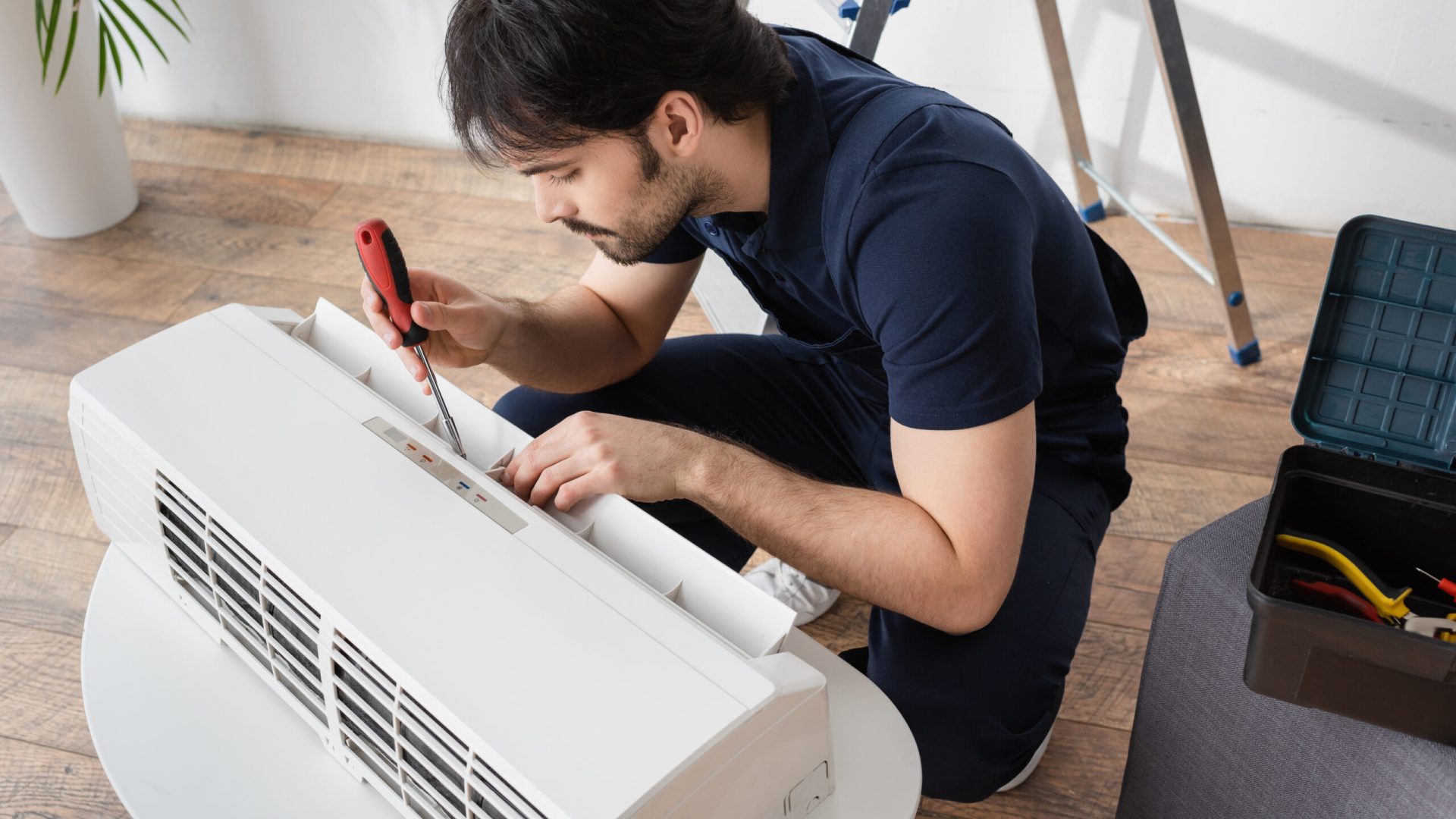To most, the onset of summer means a warm welcome to long, sun-filled days and late, lethargic nights. But for property managers, juggling maintenance in the summer can be a strenuous task.
According to our data, during the summer months, maintenance issues increase by almost 60%, at the same time as around 80% of residents move in and out of properties.
Trying to juggle that level of resident turnover, simultaneously handling the coordination of maintenance repairs and keeping the rest of your business running smoothly is no easy feat and in many cases, it’s nearly impossible. Sending businesses and employees into survival mode, where long-term goals are sacrificed for the sake of simply keeping one’s head above water.
But fear not. To help you avoid this fate, we’ve put together a list of strategies to help you prepare for the heat.
Consider Supplementing Your Staff
Like life, business is all about finding the right balance and staffing is no different. If you’re scrambling to keep up with the demands of turnover and maintenance, maybe it’s time to reassess your staff levels and think about a summer staffing bump.
Hiring temporary help during the summer months is a good strategy for maintaining a consistent level of service to residents and keeping the ball rolling on long-term management goals. If this is a route you decide to take, we have one bit of advice: plan ahead so your new employees are hired, processed and trained ahead of the influx.
And if you don’t have the capital for more staff, another solution is to use Property Meld software to help automate your maintenance processes, creating a more efficient workflow. As the saying goes, “work smarter, not harder.”
Create Routine A/C Unit Check-Ups
The overwhelming majority of maintenance issues in the summer months are for HVAC — heating, ventilation and air conditioning — failures and repairs. According to our data, nearly 50% of HVAC service requests in the southern United States come in just a three-month span. But before you pick up the phone and silently scoff at another resident describing the issue as an “emergency,” consider how the speed of your response may affect your business.
Our data shows that the majority of negative reviews for HVAC repairs occur after just three days of inaction. Further, 46% of residents say maintenance was a factor in renewing a lease and 31% of residents say maintenance is the reason they moved to a new property.
To sidestep poor reviews and the potential for maintenance issues to create an even greater resident turnover rate when you least need it, try these strategies:
- By conducting routine HVAC checks by staff whenever they enter a home — e.g. for addressing other maintenance issues or during a property turnover — issues can be anticipated, identified and/or remediated before an HVAC system fails.
- A system to log and track these routine checks is also paramount, as is a way to record the condition of each unit as it’s checked. That way, you know how long it has been since each unit was checked and what its condition was at that time. Remember that the life of a good HVAC unit is only about a dozen years.
- Creating a process to regularly communicate with residents to, say, remind them to check their HVAC units ahead of the heat is also a great preventative measure. Ask them to check their air filters, vacuum them if needed, and request replacement filters if it’s time. Also, know how your lease agreements work in relation to who is responsible for the cost of such work. An air conditioner’s condenser coils and fins are also good places to clean to help extend the life of the unit.
- During the resident turnover period, make sure to inspect the windows and doors for air leaks. Having a well-sealed property will lessen the load on your HVAC units and extend their life.
Evaluate Your Exterior
Typically overlooked compared to issues within an apartment or home, regular care for your property’s exterior is an important preventative measure that helps you dodge headaches when you can least afford them. For example, scheduled inspections of drainage pipes, storm sewer grates, gutters and outdoor vents after the fall and winter months — when leaves and branches take their most vigorous beating — can prevent water damage, roof repairs and undue stress on HVAC systems.
Further, regular tree trimming can protect your property from storm damage and consistent upkeep of shrubs can help prevent insect/pest intrusions. Such work also provides maintenance crews with an opportunity to inspect areas they would otherwise overlook. Routine inspections of lawn care equipment and outdoor
furnishings should also be included in any pre and post-winter check up. In the end, your property doesn’t just come out better protected; it comes out better looking.
Don’t Dismiss The Winter
Though those in the south can expect to get pounded with maintenance requests during the summer, those up north must remember that for them, winter can be the most challenging time of the year. In the northern United States, the winter months can see monthly maintenance requests swing upward more than 60 percent as heaters fail and residents are left out in the cold. Luckily, the above advice remains true, no matter the season.
Request a demo to learn more about creating a more efficient process BEFORE you are stuck in survival mode.






